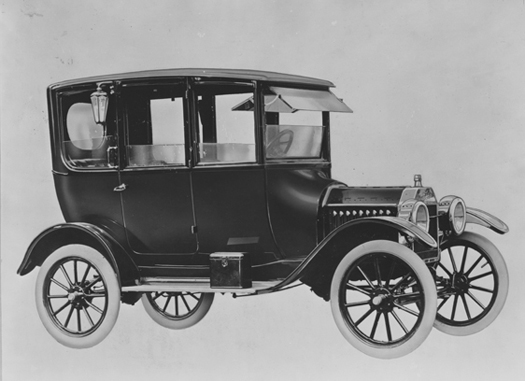

The Clydesdale horse takes its name from the region of Scotland where the breed was first developed. Throughout the nineteenth century, Clydesdale horses became popular not only in their own area, but throughout Scotland, the rest of the United Kingdom, and the world. Clydesdales were introduced to the United States around the time of the Civil War, and the first American breeders’ association dedicated to the Clydesdale horse was founded in 1879. This association is known today as the Clydesdale Breeders of the U.S.A.
In the early days, Clydesdales were stocky and strong but tended to be shorter than other draft breeds such as the Percheron, Shire, and Belgian draft. It wasn’t until the mid-twentieth century that breeders began selecting taller horses. These days, Clydesdales can stand up to eighteen hands or even more. The record for the world’s tallest living horse was held for a while by a Clydesdale named Remington, who stood at twenty hands. Now that’s a big horse!

Today the Clydesdale remains a popular breed. Bay horses with white on the face and legs tend to be preferred by many enthusiasts, but Clydesdales can also come in roan, chestnut, black, and gray. They are still used for their time-honored jobs of farmwork, carriage driving, and heavy hauling, and are a popular sight in advertising and other media. But these days they are also sought after as parade horses, riding horses, and show horses. They are often crossbred with light horses to create a midsized riding horse.
As Norwegian immigrants, Kari’s family retains some of the customs and traditions of the old country. This includes their celebrations during the Christmas season, known as Jul (pronounced like the English version of the word, Yule).
One of these traditions is Lussinatten, which falls on December 13, once considered the longest night of the year. Trolls and other evil spirits were free to roam the earth and punish humans who did any work on that day. It was also believed that farm animals could talk to each other on Lussinatten night, and because of this, their owners gave the animals extra feed.
In the twentieth century, Lussinatten was combined with St. Lucia’s Day, a church holiday that is still celebrated on December 13. Throughout Norway and the other Scandinavian countries, girls are chosen to portray St. Lucia. They wear white gowns, red sashes, and crowns of candles. The girls lead processions, hand out special “Lucia buns,” and sing songs to honor the saint.
Another holiday tradition is the julenek, a sheaf of wheat, oats, or other grains. Norwegians hang the julenek outside so that the wild birds can have their own Christmas feast.

In 1915, there were still well over twenty million horses at work in the United States. However, the automobile was rapidly increasing in popularity and accessibility.

The Model T, the car Martin brings home, was considered the first truly affordable automobile, thanks largely to Henry Ford’s groundbreaking assembly-line method of building them. In 1915, a standard Model T cost $440.
Of course, $440 was a lot more money back then. Even so, it was said that an assembly-line worker at one of Ford’s plants could buy a Model T with just a few months’ pay. (Not much more than the price of a good horse!)
The Model T was produced between 1908 and 1927. Eventually, motorized vehicles replaced horses for almost all uses in the developed world, though Clydesdales and other breeds are still used for recreational driving today.